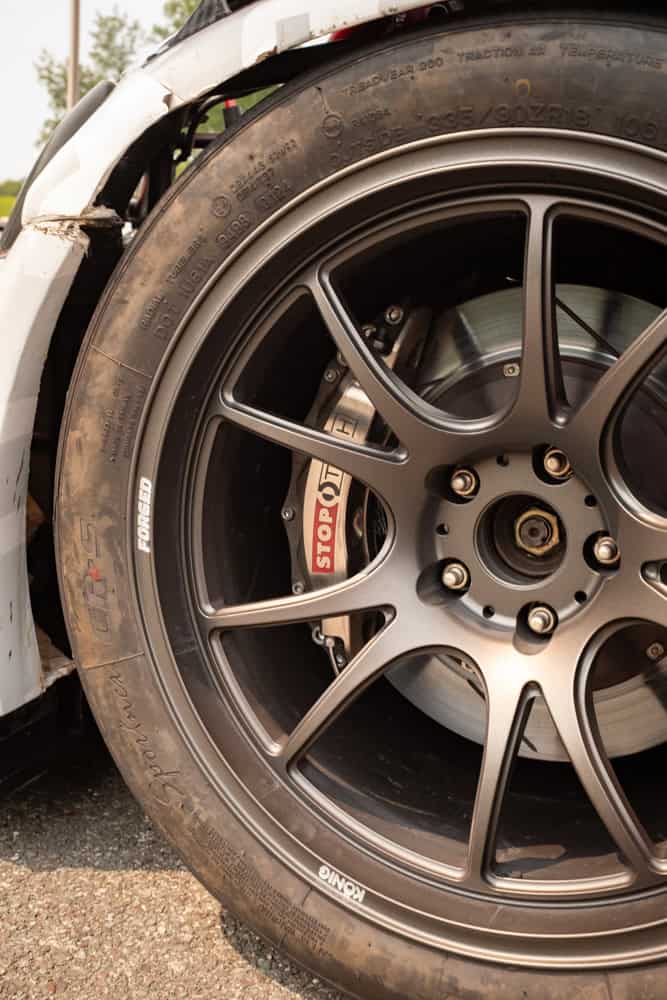Discover the Power and Innovation of the Toyota Gazoo Racing Supra GT4
Experience a thrilling deep dive into the Toyota Gazoo Racing Supra GT4 featured in our latest Carnatomy episode. This 2024 SEMA booth standout, prepared by Muellerized and campaigned by Marco Polo Motorsports, exemplifies advanced engineering, unparalleled reliability, and race-winning performance capabilities.
Under the Hood: The B58 Engine and Turbocharged Power
At the heart of the GR Supra GT4 lies a robust B58 engine with a single turbocharger delivering exceptional horsepower and durability. This engine remains mostly stock but includes specialized components such as an exotic oil pump that enhances reliability. With Gazoo Racing’s innovative power stick system, the Supra’s tune can be effortlessly adjusted to meet SRO regulations by simply swapping a USB stick. Running on 100-octane racing gasoline, this setup ensures optimal performance across diverse tracks and conditions.
Unmatched Support and Reliability from Toyota Racing Development
What sets the Toyota Supra GT4 apart is Toyota’s unparalleled support network. Acquiring the car through Toyota Racing Development (TRD) in Mooresville, North Carolina, Marco Polo Motorsports benefits from immediate access to every necessary part. Whether it’s essential engine components or a complete chassis, TRD guarantees overnight delivery anywhere in the United States. This level of dedicated, swift support is unmatched in motorsports and keeps the team competitive and race-ready.
High-Performance Wheels and Brakes for Ultimate Control
The Supra GT4’s performance is further elevated by forged Konig wheels—expertly modeled and built for this racing machine. These wheels conceal a top-tier Brembo brake system equipped with endurance race pad configurations and a three-piece hat design for efficient airflow and cooling. Paired with DHE compound Pirelli racing slicks, this combination delivers remarkable grip, durability, and consistent performance under various weather conditions and track environments.
Advanced Safety and Comfort Features Inside the Cockpit
Inside the cockpit, drivers enjoy advanced safety and comfort features. A lightweight carbon fiber OMP seat and an adjustable pedal box allow quick driver changes. Meanwhile, an ultralight carbon fiber dash and integrated Bosch Motorsports systems—including an advanced ABS—ensure the car is as safe as it is powerful. Every detail, from the transparent weight box cover to the swan-neck adjustable rear wing, has been meticulously designed by Gazoo Racing to enhance performance and safety on the track.
Conclusion: The GR Supra GT4’s Racing Legacy
The Toyota Gazoo Racing Supra GT4 stands as a testament to cutting-edge engineering, unwavering reliability, and a collaborative effort geared towards pushing racing boundaries. By combining a powerful B58 engine, Konig’s forged wheels, and unparalleled support from Toyota Racing Development, Marco Polo Motorsports and Muellerized have created a racing powerhouse set to dominate the track in 2024.
Watch the Full Carnatomy Episode
Ready to see the Toyota Gazoo Racing Supra GT4 in action? Don’t miss out on our latest Carnatomy episode, where we take an exclusive, in-depth look at this incredible racing machine. Watch the full video now and discover what makes the GR Supra GT4 a true standout on the track this season!

